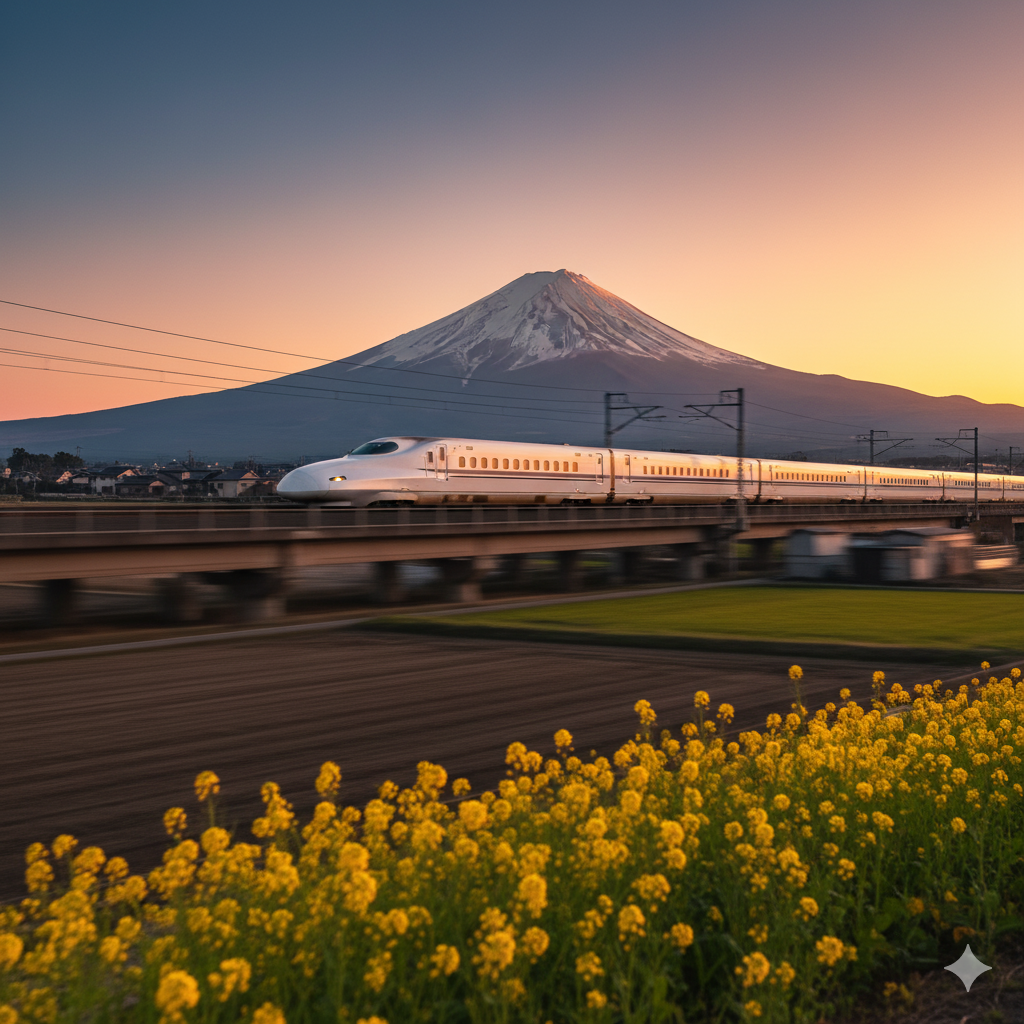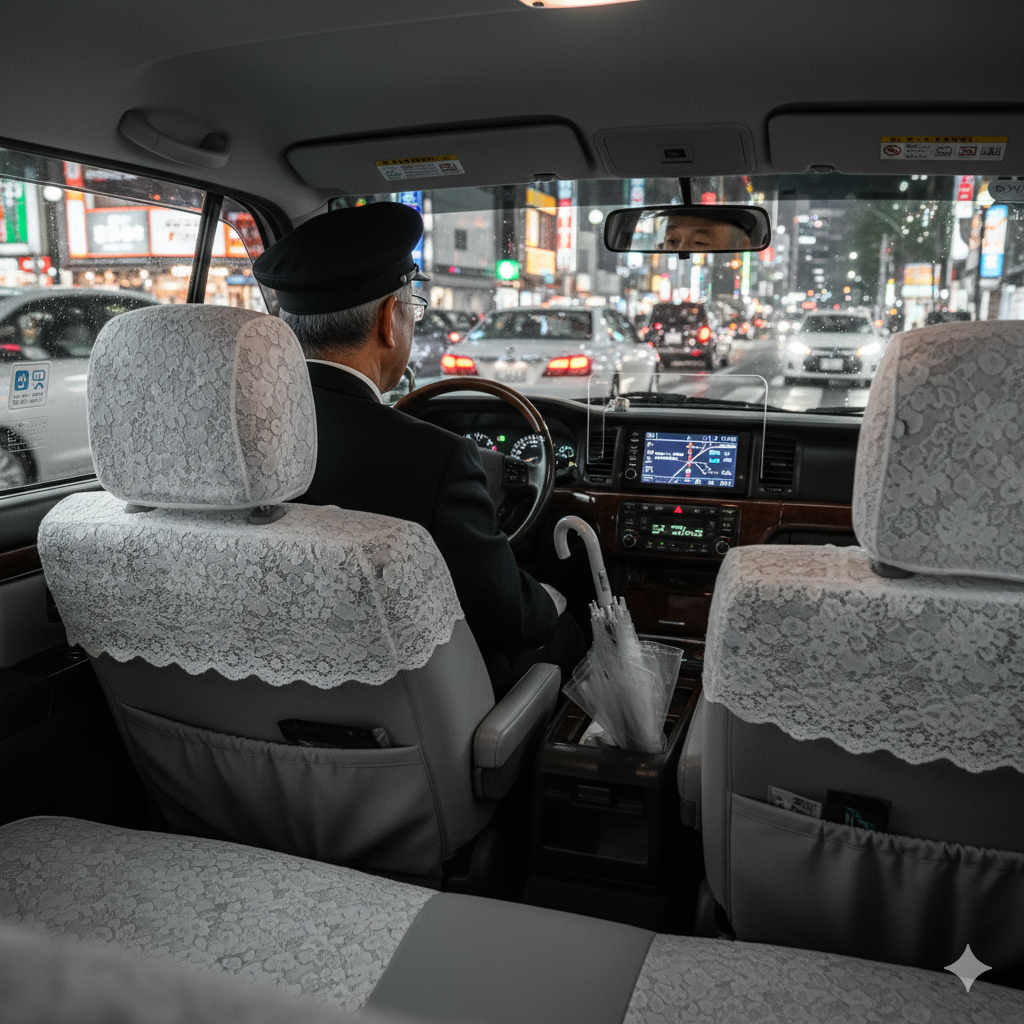Is the JR Pass Still Worth It After the Price Hike? Real Numbers Inside

For years, the Japan Rail Pass was one of the best travel hacks in Japan. It allowed foreign visitors unlimited rides on the famous Shinkansen bullet trains, regional lines, and JR buses for a single price. Travelers could hop from Tokyo to Kyoto, explore Osaka, and even reach Hiroshima without worrying about individual tickets. But since the major price increase in late 2023, many are wondering if it’s still a good deal.
How Much the JR Pass Costs Now
The updated JR Pass prices are significantly higher. A 7-day pass now costs about ¥50,000, the 14-day version ¥80,000, and the 21-day pass around ¥100,000. That’s roughly a 65–77% increase compared to what travelers used to pay. The pass, once an easy choice, now depends heavily on your travel plans and how often you’ll be riding long-distance trains.
Real Example: Tokyo to Kyoto to Hiroshima
Let’s take a typical itinerary. A one-way Shinkansen ticket from Tokyo to Kyoto costs around ¥14,000. From Kyoto to Hiroshima adds another ¥11,000, and returning to Tokyo brings the total to about ¥43,500. That’s just under the price of a 7-day JR Pass. If you add one more trip, like visiting Osaka or Nara, the pass becomes worth it. But if your trip only covers Tokyo to Kyoto or Osaka, individual tickets are cheaper.
Convenience vs. Cost
Beyond the math, there’s also the convenience factor. The JR Pass lets you skip ticket machines, avoid fare calculations, and hop between cities freely. For travelers who plan to move around frequently, that flexibility and time saved can justify the higher cost. You can even reserve seats more easily at JR counters and travel without worrying about fluctuating ticket prices.
When the JR Pass Isn’t Worth It
For travelers who stay several days in each city, the JR Pass often loses its value. It’s valid for consecutive days, meaning any downtime lowers the benefit. The pass also doesn’t cover everything—super-fast trains like the Nozomi and Mizuho are excluded, and local subways or private rail lines require separate fares.
Exchange Rate Considerations
The Japanese yen’s exchange rate also affects the pass’s value. When the yen weakens, the JR Pass becomes more affordable for foreign visitors. But when the yen strengthens, it may feel expensive compared to local alternatives. Some travelers now prefer spending that ¥50,000 on accommodations, food, or experiences instead of transport.
Who Should Still Buy the JR Pass
The JR Pass still makes sense for travelers who plan to cover long distances in a short time, such as Tokyo–Kyoto–Osaka–Hiroshima in a week or two. The combination of unlimited rides and flexibility remains appealing. But for those exploring only one or two regions, regional JR passes or single tickets are often more cost-effective.
Final Verdict
The JR Pass is no longer the automatic bargain it once was, but it’s still valuable for certain travel styles. Before buying, outline your route and calculate your total train costs. If your total comes close to the pass price, or if convenience is a priority, it’s still worth it.
Japan’s rail network remains one of the world’s best: fast, clean, and reliable. Whether you use a JR Pass or buy individual tickets, riding the trains is an unforgettable part of the Japan travel experience.



